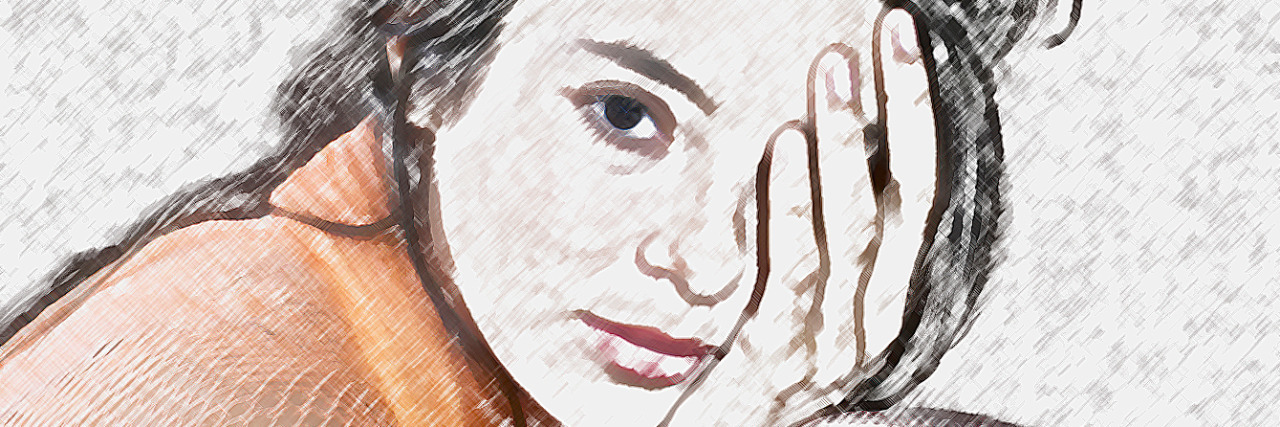Adie’s tonic pupil (ATP) is a viral condition that affects the nerves of the eye that carry images to the brain. It can cause one or both of the pupils to enlarge and stay that way. It is almost like a state of paralysis in the pupil. Having a blown pupil causes the eye to be very sensitive to light, and causes the eye to become tired very easily. This condition affects men and women usually in their 40s. Since it is a viral condition, there is no cure and not much treatment.
I have this condition and I’m only 14 years old. My dad was the first one to notice my left eye’s pupil was enlarged just as I was finishing fifth grade. At first we waited to see if it went back down. We waited a couple weeks and then realized it wasn’t going to go down, so we went to an ophthalmologist. He looked at my eye and instantly knew that something was off. He tried shining light in it, but the pupil didn’t move at all. The ophthalmologist did some more tests and hesitantly came to the diagnosis of ATP.
Since this condition almost always affects people in their 40s, I had to get an MRI on my brain to see if something was blocking the signals. The MRI showed nothing blocking the signals. I then went to a specialist in Omaha, Nebraska to make sure the diagnosis was correct, and it was. After that, I didn’t really know what the next step was because there wasn’t any treatment I could do. So I just had to go on with life.
The blown pupil caused my left eye to be very sensitive to any light. At this time I played softball and I would get horrible headaches before we had even finished warming up. Every time I went outside I had to wear the darkest sunglasses I had. My eye also became fatigued very fast. I had to start doing tests by paper only, and they still took me at least twice as long. One way to describe it is, it was like trying to focus on an object with very limited light. Your eyes get tired quickly because they are working so hard. This is what it was like every second of every day.
Homework became so much harder, and focusing on letter and words became such a challenge. I could only read for about 15 minutes at a time before the words started to blur together. All of this caused my right eye to compensate for what my left eye couldn’t do. Before I had this condition, my glasses prescription was around a +1 for both eyes. Now my left eye is a little more than +3, and my right eye is 20/20 vision. My right eye started to do all the work because it was so much easier to focus on words and letters. Right now my left eye can be classified as a lazy eye, and if I don’t wear glasses correctly it will keep getting worse.
Something I’ve tried to do with my diagnosis is raise awareness for other people like me that have unlikely diagnoses. Last year for the science fair, I did my project on my condition. This condition is a rare one, and it’s even more rare that a 14-year-old would have it. I used my science fair project to inform people about the condition and also to show them that a diagnosis doesn’t have to define you. I’m still here and still fighting to be the best I can and I feel like that’s what counts. By the way, I got third place in the science fair.
This condition may seem all bad, but it has also become a blessing in some ways. For example, it has forced me to learn the skills of being a hard worker, and find persistence in myself. It has helped me realize what a blessing it is just to be able to see the things around you every day. All in all, this condition has caused some setbacks, but it is helping me find the determination to do the things I never thought I could.
We want to hear your story. Become a Mighty contributor here.
Thinkstock image by Gabriela Medina.

